Corsodyl Treatment Mouthwash
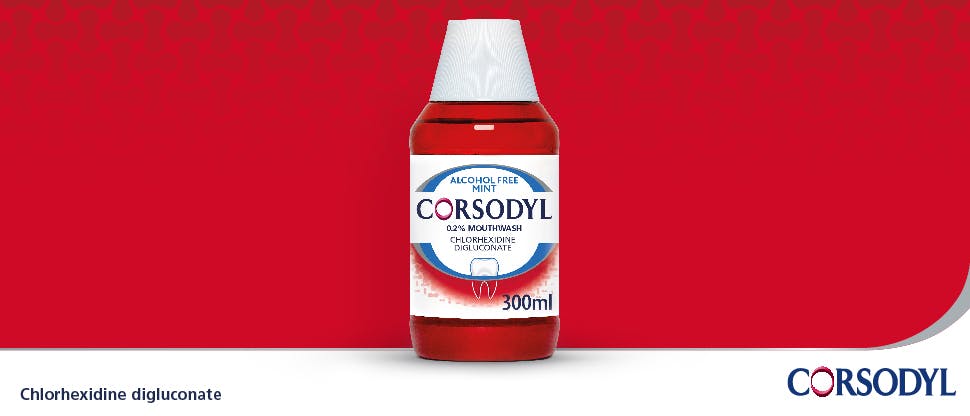
Why is Corsodyl the No.1 dentist recommended treatment mouthwash?1
Corsodyl mouthwash, with its active ingredient chlorhexidine, has been used and trusted by healthcare professionals for decades. Dentists know they can rely on its tried and tested formulation to help inhibit plaque build-up, treat gingivitis and protect their patients’ gums.
There’s nothing stronger for the treatment of gingivitis*. That’s why dentists recommend it more than 20 million times every year.ⴕ2
*Chlorhexidine digluconate 0.2%W/V, highest strength mouthwash available OTCⴕ Data on File, for verification contact: mystory.gb@haleon.com

Not all chlorhexidine formulations are the same
To ensure effectiveness, the proven antibacterial formulation of Corsodyl Treatment Mouthwash has been specifically engineered to leave out additives that might impact the efficacy of its active ingredient, chlorhexidine.3,4
Additives such as sodium fluoride, sodium citrate, sorbitol and CPC, which are used in some mouthwashes, deactivate or limit the efficacy of chlorhexidine.5

Fast, effective treatment of gum disease
Chlorhexidine digluconate acts rapidly, killing the bacteria that cause plaque in 30 seconds6,7
Read more about the science behind Corsodyl, as well as how gum problems can impact on a patient’s quality of life.
Understand more about the BSP S3 Periodontal Guidelines
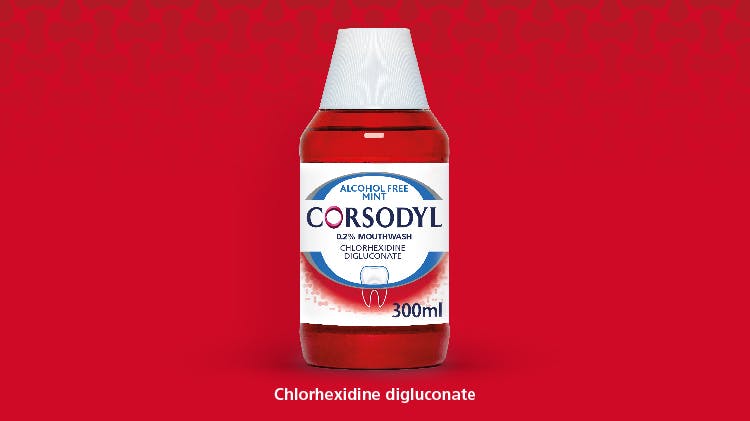
Corsodyl 0.2% w/v Alcohol-Free Mouthwash
For patients with gingivitis who need short-term intensive treatment that is clinically proven to be effective against bleeding gums, gum irritation and gum inflammation.
Also available in Mint and Alcohol Free variants.
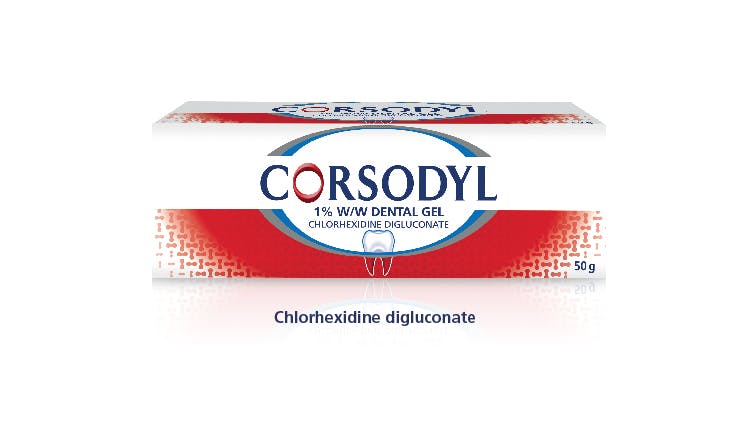
Corsodyl 1% w/w Dental Gel
For patients with gingivitis who need short-term intensive treatment in a dental gel that provides longer contact time with the gingival surface than mouthwash rinsing.
Help your patients on their journey to healthy gums
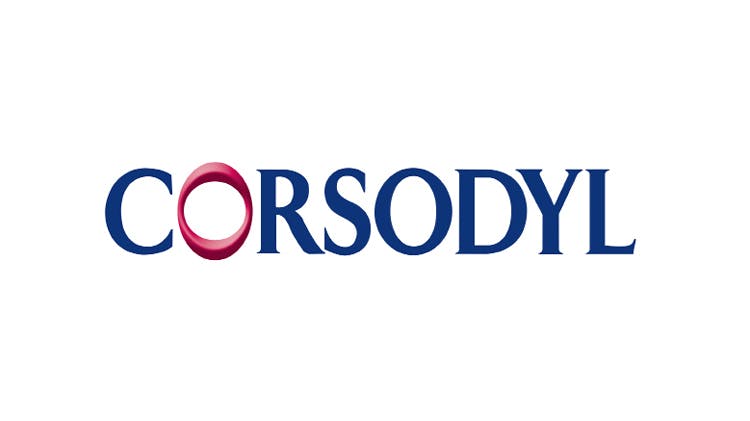
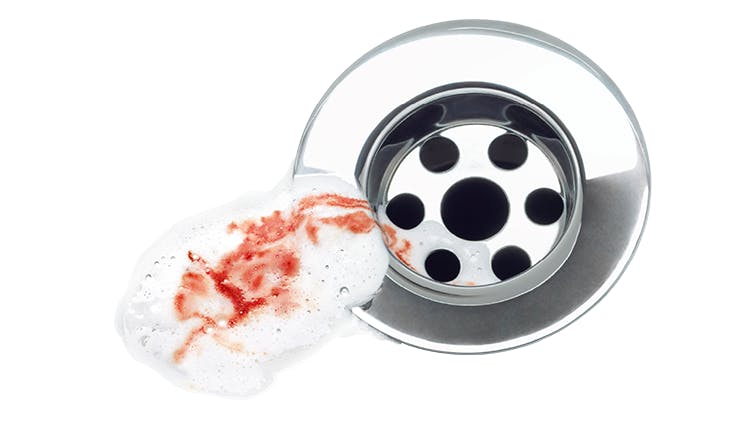
Gum health: inflammation and disease
An overview of gum health, gum inflammation and disease, and how to spot them.
.jpg?auto=format)
